Leaf sampling is done annually in 145 smallholder blocks to determine their foliar nutritional status purposely for smallholder fertiliser recommendations. Additionally, the information generated from this activity is also made available to RSPO auditors during the annual audits. Leaf samples are collected from the field, processed in the laboratory and dispatched to AAR Laboratory in Malaysia for analysis.
In this year’s (2020) work plan, we plan to conduct leaf sampling in February and March. Unfortunately, the progress in sampling has been slow because of the wet weather that we are currently experiencing in Dami and the rest of West New Britain. Despite that, we are trying our best to sample on any day that the weather is favourable to us. Leaf sampling should never be conducted when the fronds and ground cover are soaking wet. Normally on fine weather, the sampling team can do 7 to 8 smallholder blocks, however during wet months of the year (January – March), our sampling team can only afford to do 3-4 smallholder blocks. During leaf sampling vegetative measurements such as frond length, leaflet length and the petiole cross-section (Width x Thickness) are done.
The activities done during leaf sampling shown is illustrated in the pictures below;
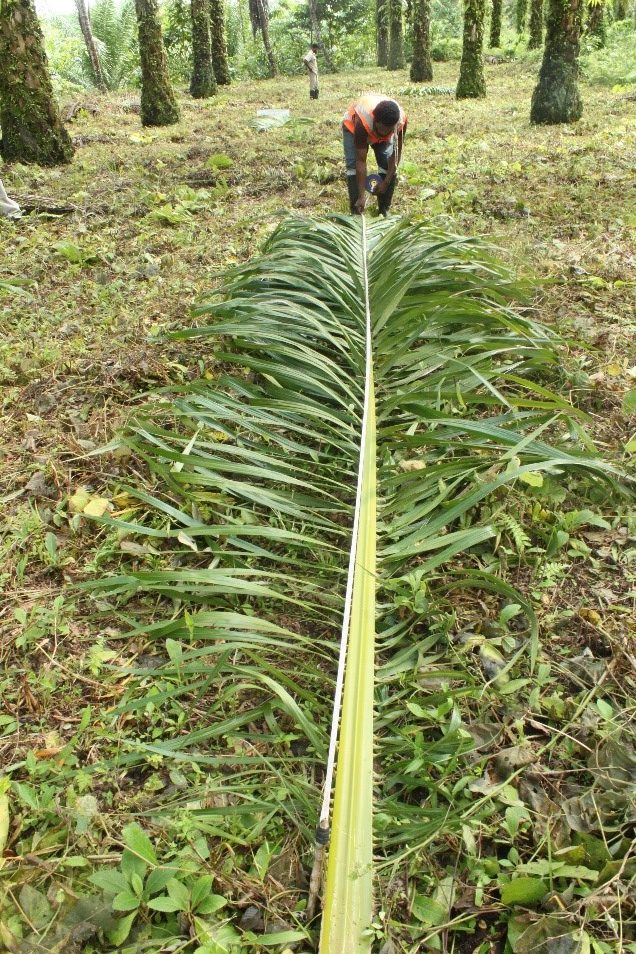
Picture 1. Front 17 is cut and measured.
Picture 2. Using a ready reconer, it points out the area where the samples can be taken. 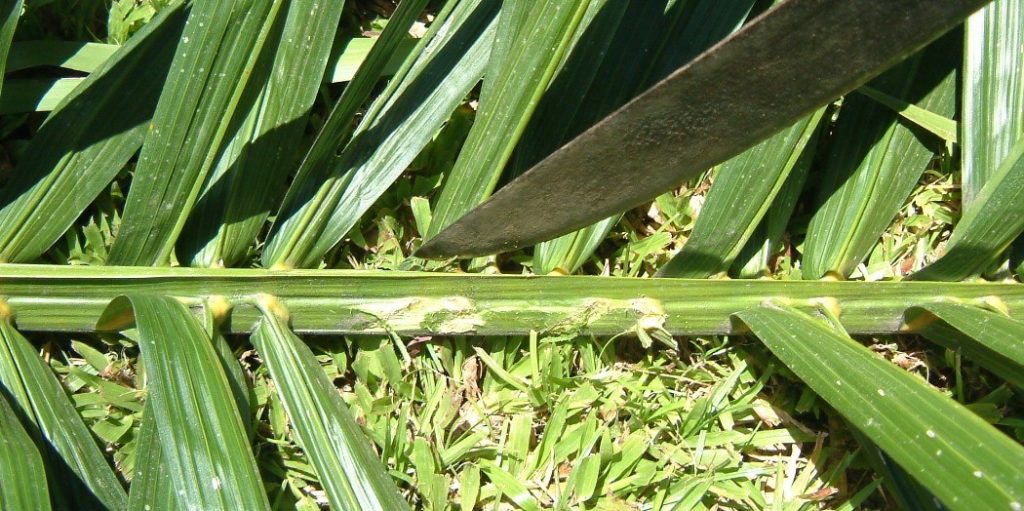
Picture 3. Eight (8) leaflets are cut per front. Two leaflets above and two leaflets below the joint are cut on both sides of the rachis. 
Picture 4. The leaflets are placed into a clean, clearly labelled plastic bag. 
Picture 5. The rachis is cut, removing the leaflets then cut 1m in length. The rachis is put into a clean, clearly labelled plastic. 
Picture 6. Frond 17 is used for vegetative measurement such as front lengths, leaflets lengths and petiole cross-section (WxT). 
Picture 7. Sampling team after field sampling.
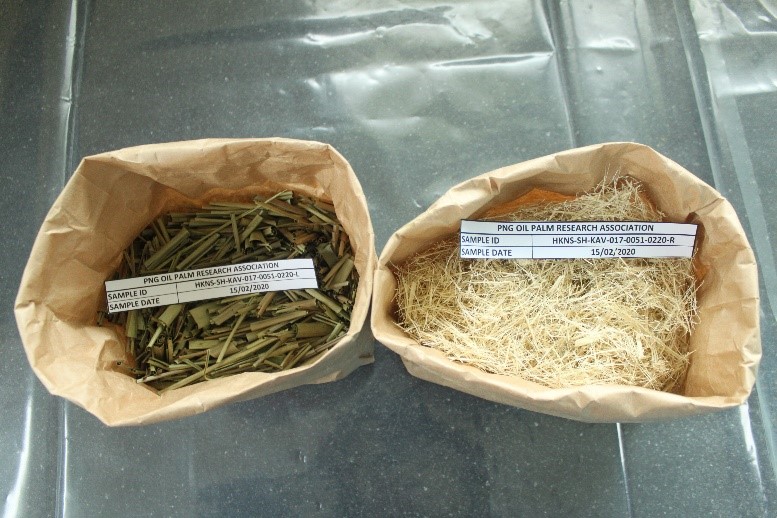
A 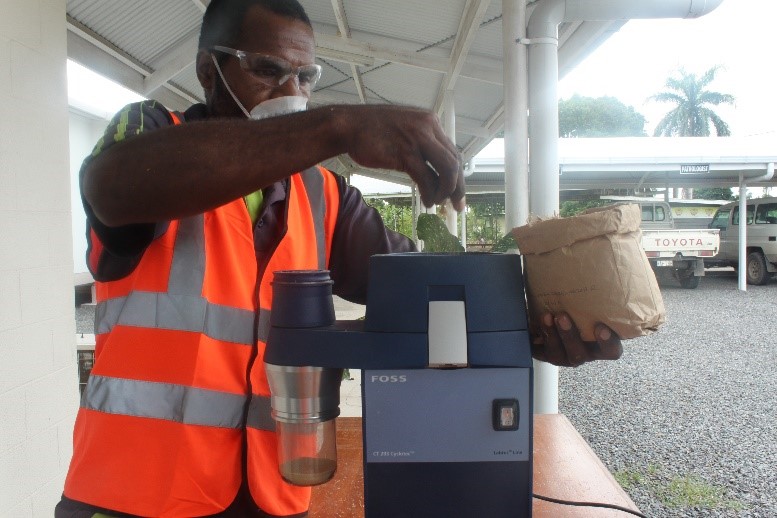
B 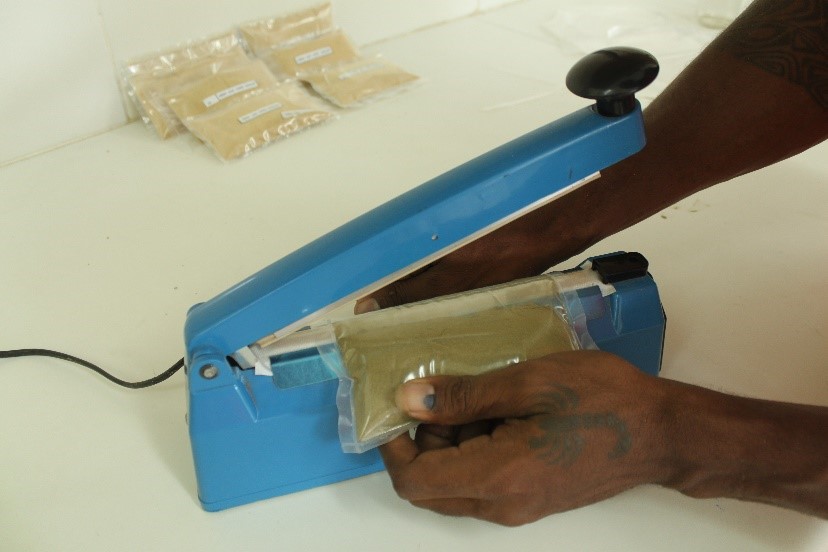
C 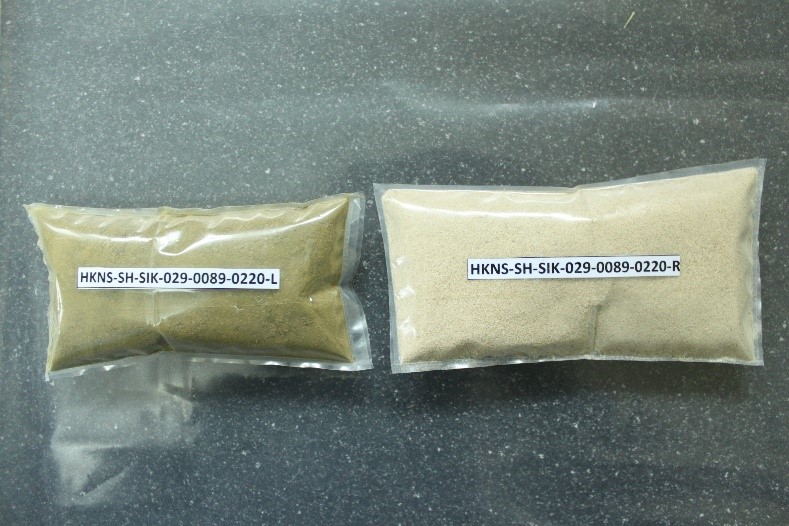
D
